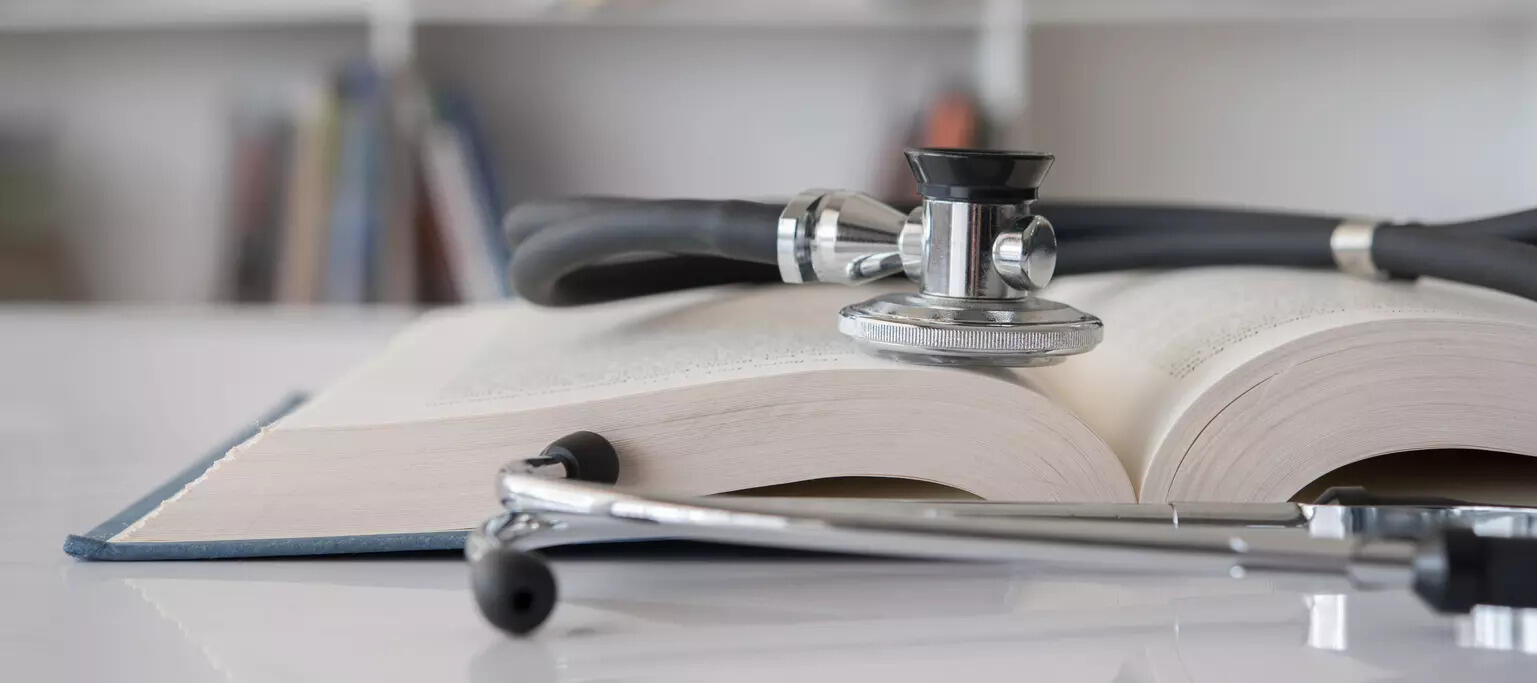
New Delhi: The number of medical colleges increased from 387 to 780, undergraduate seats from 51,348 to 1,15,900 and postgraduate seats from 31,185 to 74,306 since 2014, Union Health Minister J P Nadda told the Rajya Sabha on Tuesday.
Responding to a question, Nadda said that the government has increased the number of medical colleges, under graduate (UG) and post graduate (PG) seats.
There are 13,86,157 registered allopathic doctors and 7,51,768 registered practitioners in the AYUSH system of medicine. The World Health Organisation (WHO) recommends a doctor to population ratio of 1:1000.
“Assuming that 80 per cent of registered practitioners in both the allopathic and AYUSH systems are available, the doctor-population ratio in the country is estimated to be 1:811,” Nadda said.
Nadda said that public health is a state subject and the matter regarding engagement of available medical professionals in the country in various healthcare setups comes under the purview of state governments.
However, to bridge healthcare delivery gaps, the government continues to support states and UTs through various central sector/centrally sponsored schemes/programmes by providing financial assistance, capacity building, provision of essential medicines, diagnostics, teleconsultation services, etc. to ensure effective and accessible primary healthcare.
The Family Adoption Programme (FAP) has been incorporated into the MBBS curriculum to provide equitable healthcare access to rural population, Nadda said.
The FAP involves medical colleges adopting villages, and MBBS students adopting families within these villages. This enables regular follow-up of adopted families for vaccination, growth monitoring, menstrual hygiene, Iron and Folic Acid (IFA) supplementation, healthy lifestyle practices, nutrition, vector control, and medication adherence, the minister said.
It also helps in educating families about ongoing government health programmes, he said.
Further, the District Residency Programme (DRP) notified by the National Medical Commission (NMC) provides for a compulsory three-month posting cum training of PG medical students at district hospitals as a part of the course curriculum.
The DRP benefits the public by strengthening healthcare delivery in rural and underserved areas.
Launched in 2018, 1,78,154 Ayushman Arogya Mandirs (AAMs) have been established as on July 15 by transforming existing Sub-Health Centres (SHCs) and Primary Health Centres (PHCs) to provide comprehensive primary healthcare closer to people’s homes, Nadda said.
Services have expanded from basic maternal and child care to twelve (12) comprehensive healthcare packages. With these reforms, annual footfall rose from 13.49 crore in the financial year 2019-20 to 128.08 crore in 2024-25.
Over 117 crore individuals have been screened for hypertension, diabetes, oral, breast, and cervical cancers. Availability of medicines at AAMs and teleconsultations with specialists have improved accessibility, reduced costs, and addressed provider shortages, Nadda stated. PTI